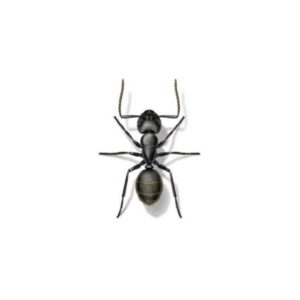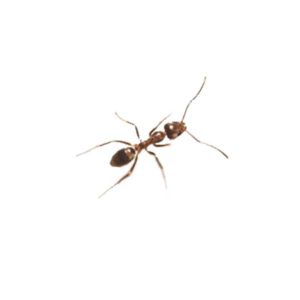Pavement Ants in Central and Eastern Virginia
Pavement ants get their name from their habit of constructing nests beside and under sidewalks, driveways, and foundations. Found across Virginia, pavement ants feed on a variety of foods, however, they are partial to the honeydew produced by aphids and mealybugs. Mature pavement ant colonies produce winged swarmers in the spring and summer. Ant swarmers can sometimes be confused with termites and can cause significant issues in large commercial buildings. Due to their nests being in close proximity to structures, they often make their way indoors in search of food.
Pavement Ant Habitat
Pavement ants prefer to nest in areas with minimal vegetation, which makes urban habitats ideal nesting sites. True to their name, pavement ants nest under or near sidewalks, slabs, and concrete. As they construct their nests, they place any soil removed in a mound near their nesting site. These mounds are usually discovered on the surface of the ground or next to a patio or sidewalk. Pavement ant nests generally occur at ground level and workers use pipes or wires to move upward. In commercial buildings, they often become an issue when the alates or reproductives emerge from openings in walls above false ceilings, then drop into the rooms below.
Pavement Ant Behaviors, Threats, or Dangers
Pavement ants can bite and sting, but they rarely bite humans. They are considered a nuisance pest due to the unsightly piles of sand they create on driveways, sidewalks, and inside commercial buildings. Building their nests along the sides of garages and any areas of a home or building constructed on a concrete slab, pavement ants contaminate food as they invade homes in large numbers. When nests aren’t treated in time, pavement ants will continue to spread into new populations. If you suspect a pavement ant infestation, consult a professional ant exterminator.
Need help with Pavement Ants?
Get started with a FREE quote!




